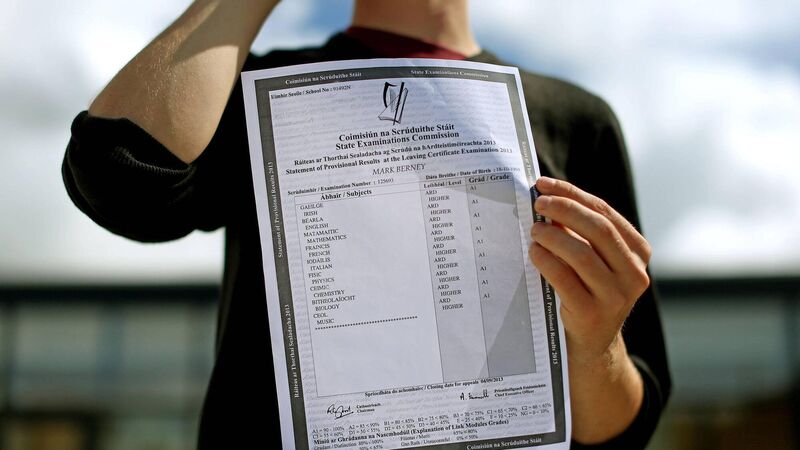'Fundamentals of chemistry well examined' in Leaving Cert exam

The higher-level paper was a good test of students’ knowledge, understanding and analytical skills, according to Mary Mullaghy, subject spokesperson with the Association of Secondary Teachers Ireland.
Students who revised past papers found nothing new or surprising on this year’s chemistry exam, that gave students a good test of their knowledge, understanding and analytical skills, teachers believe.
The Leaving Cert exams continued this Tuesday afternoon with higher and ordinary level chemistry.
The higher-level paper was a good test of students’ knowledge, understanding and analytical skills, according to Mary Mullaghy, subject spokesperson with the Association of Secondary Teachers Ireland (ASTI) and teacher at Eureka Secondary School.
“There were plenty of questions based on laboratory practical work with particular emphasis on observational skills and analytical skills.
“The fundamentals of chemistry were well examined, and the everyday applications of chemistry were covered throughout the paper.”
Graphs featured prominently which tested the student’s ability to analyse data, Ms Mullaghy added.
“As always there was very good coverage of organic chemistry which is the basis of our pharmachemical industry.
“Citizen science was covered in questions on Manuka honey, water treatment and air pollution which tested the higher order thinking skills such as analysis and synthesis.”
Students coming out from the ordinary level exam on Tuesday afternoon also “seemed pleased enough as again there was sufficient choice for those who had covered the course,” she added.
The 2023 higher level paper covered all aspects of the chemistry course, with lots of choice for students to pick their best topics, according to Tara Lyons, chemistry teacher with the Institute of Education.
The paper opens with three questions on the experiments, which are usually mandatory for students to answer.
However, due to covid adjustments, students had the option to avoid it this year.
“Those who attempted them found a mostly straightforward blend of practical details, observations and stoichiometry.”
Elsewhere in this section, the questions veered away from rote learning to test the students’ ability to understand the underlying processes, Ms Lyons added.
“Question 3 modified an element of the experiment and asked them to conclude a new result.
“While this particular question was novel, the approach is well-established within previous exams, so should not cause any shock or upset.”
Meanwhile, Section B remained true to form, Ms Lyons said.
“The questions weren’t long-winded or wordy, choosing instead to be clear, pointed, and requiring concise answers.”
Question 4 covered a broad range of topics from all over the course but was the usual mix of atomic chemistry, definitions, stoichiometry, and organic chemistry.
“Students will likely have been delighted with the appearance of Hess’ law in Question 6, on fuels and heats of reaction.”
“The last four questions were also typical for Chemistry papers with the exception that students were not required to draw their own graphs.”












